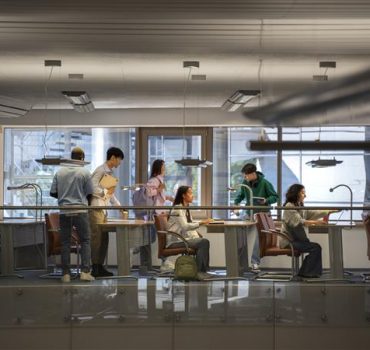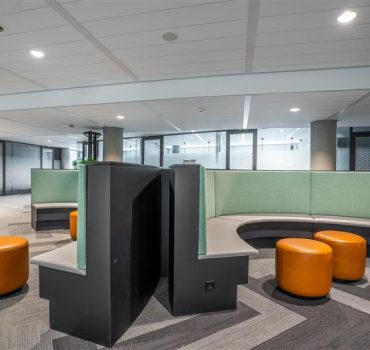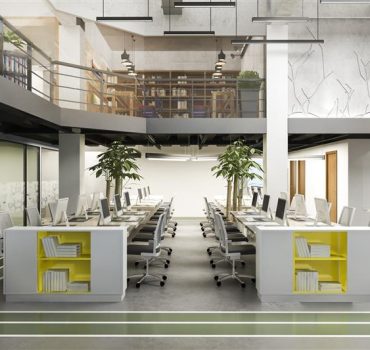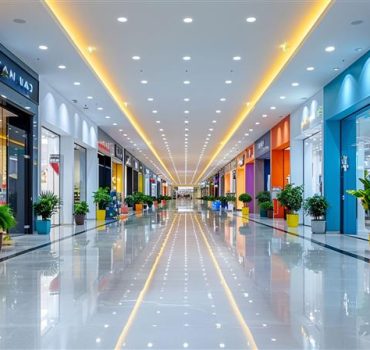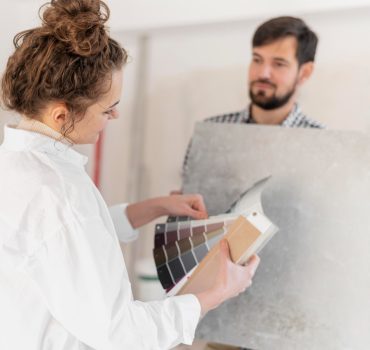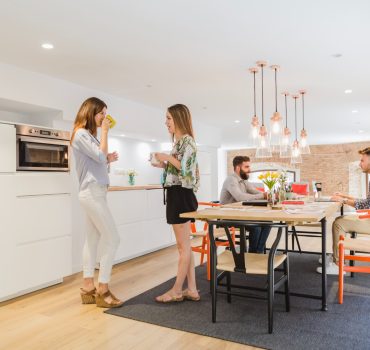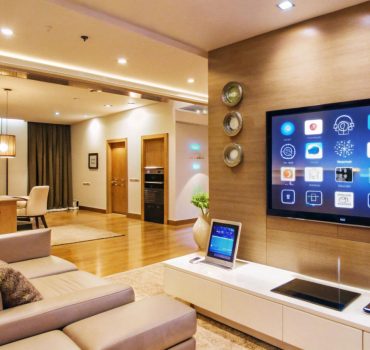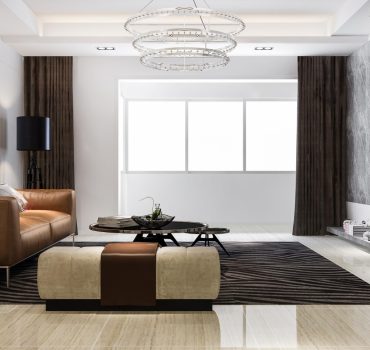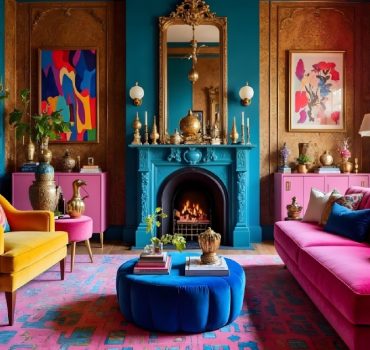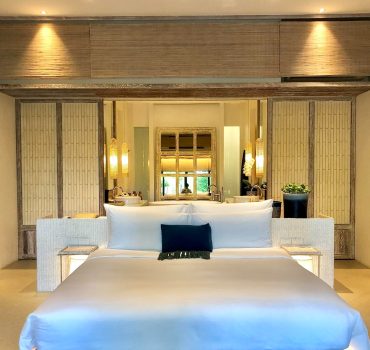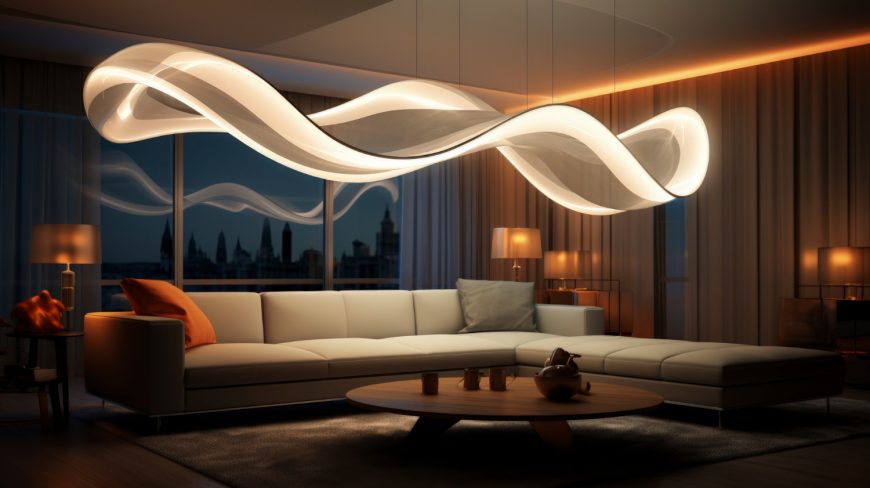
Synopsis
Villa interior design has emerged as a dominant trend in residential architecture, offering the perfect blend of expansive spatial planning, luxury detailing, and personalised aesthetics. The evolution of residential design and build services now places an equal emphasis on structure and interior storytelling. As a result, residential interior designers are curating spaces that are not only functional but emotionally resonant. Whether in urban outskirts or resort-like communities, villas today represent a new language of comfort—where open floor plans, natural materials, and sophisticated lighting shape the experience. This blog explores key residential design and build trends within villa spaces, shedding light on architectural transitions, interior innovations, and lifestyle integration. From smart home systems to bespoke finishes, the blog also covers how modern home interiors and luxury residential interiors are being reinterpreted within the villa context. It’s an insightful look into how high-end residential interiors are transforming the Indian villa segment and setting global design benchmarks.
Table of Contents
ToggleIntroduction – The Rise of Villas in Modern India
A Shift from Apartments to Personal Estates
As urban centres expand and premium land pockets become more accessible, villas have gained immense popularity among homebuyers. This surge has placed a fresh spotlight on villa interior design as a distinct category within residential architecture. More than just large houses, villas are increasingly being viewed as expressions of lifestyle, individuality, and heritage. Residential design and build services have responded with innovative solutions that go beyond aesthetic appeal, focusing equally on utility and sustainability.
Architecture First – The Foundation of Villa Interior Design
The Marriage of Form and Function
A successful villa interior design begins with architecture. From double-height ceilings to open courtyards and skylit corridors, every structural detail is an opportunity to add aesthetic value. Residential design and build professionals often start with layout zoning, defining public, private, and service areas with equal finesse. This foundational clarity allows residential interior designers to enhance interiors without overpowering the architecture.
Spatial Freedom and Flow – A Designer’s Playground
Creating Meaningful Movement
One of the biggest advantages of villas is their spatial flexibility. Unlike apartments, villas allow for creative transitions between rooms, fluid movement, and zoning that reflects lifestyle choices. Whether it’s integrating a private gym, spa-like bathrooms, or entertainment lounges, residential interior designers approach villa projects with a mindset of personalisation. This flow-oriented design strategy is key to crafting homes that are as functional as they are luxurious.
Luxury Residential Interiors – From Materials to Mood
Textures, Colours, and Design Statements
Luxury residential interiors are not defined by their cost but by their thoughtfulness. In villas, this can mean Italian marble floors, handcrafted wall panels, curated lighting, and bespoke furniture. It also includes creating mood through layers—soft textiles, sculptural elements, art collections, and more. Residential interior designers often work with artisanal collaborators to bring a sense of rarity and emotional value into every corner of the villa.
Modern Home Interiors in Villas – Minimalism Meets Grandeur
The New Age of Understated Elegance
Many villa owners today prefer modern home interiors that combine the scale of luxury with the serenity of minimalism. Clean lines, open spaces, and natural finishes like wood and stone dominate the palette. Residential design and build teams must balance this minimal aesthetic with functional demands, ensuring that homes remain liveable while appearing effortlessly stylish. Smart home systems, sustainable materials, and integrated appliances add to this futuristic, comfortable vibe.
The Role of Residential Interior Designers in Villas
Translating Vision into Reality
Designing a villa is a collaborative, layered process. Residential interior designers serve as the bridge between client aspirations and architectural execution. Their role spans from material selection and space planning to aesthetic curation and site coordination. With residential design and build teams working under one roof, designers can ensure alignment in every stage of the project, maintaining the integrity of the design vision throughout execution.
High-End Residential Interiors – Curated for Elegance
Luxury without Loudness
High-end residential interiors in villas are becoming more refined. Instead of overt display, the focus is shifting toward tactile richness, thoughtful lighting, and timeless design cues. Residential interior designers work closely with clients to develop visual narratives that blend functionality with a sense of artistry. Whether it’s a custom walk-in wardrobe, a private theatre, or a garden-facing study, these curated details elevate everyday living into an experience.
Why Design5 Excels in Villa Design and Build
Scale, Sophistication, and Sensibility
Design5 brings deep experience in crafting luxurious and functional villa interiors that reflect the client’s personality and lifestyle. Our residential design and build services cover architecture, interiors, sourcing, and turnkey delivery. Our designers, project managers, and craftsmen work in synergy to ensure villas are finished to perfection—down to the finest skirting detail or ceiling motif.
Partner with Design5 – Crafting Villas that Reflect You
Precision Meets Personalisation
Whether your taste leans toward modern home interiors or ornate luxury residential interiors, Design5 offers the creative expertise and executional rigour needed to deliver exceptional villas. Our design ethos revolves around empathy, innovation, and precision. We don’t just build villas—we build lasting legacies of style and comfort.
FAQs
What makes villa interior design different from apartment design?
Villa interior design allows for more spatial exploration, grandeur, and customisation. Designers can plan for larger rooms, higher ceilings, courtyards, and specialised areas like gyms or theatres. There’s greater scope for natural light and ventilation, and the materials used are often of a more premium grade. Unlike compact apartment interiors, villas are more expressive and curated to personal lifestyles.
How do modern home interiors work in a villa layout?
Modern home interiors in villas leverage open layouts, minimal design language, and earthy tones to create harmony. The goal is to keep the villa spacious yet functional. Designers use smart storage, modular furniture, and large-scale surfaces to maintain flow and openness. This style often incorporates large windows, clean lines, and subtle accents to bring out elegance in simplicity.
What are some key trends in luxury residential interiors for villas?
Luxury residential interiors for villas are now focusing on artisanal craftsmanship, sustainable materials, and personalised art curation. Technology integration—such as home automation—and wellness spaces like saunas and meditation rooms are also gaining popularity. The design narrative is moving toward understated luxury, where tactile richness and mood-setting play a major role.
What role do residential interior designers play in villa projects?
Residential interior designers guide the client from concept to execution. They help visualise ideas, plan functional layouts, source materials, and manage on-site work. In villa projects, they play a central role in managing scale, ensuring cohesion between indoor and outdoor spaces, and adding unique design details that reflect the owner’s taste.
Why choose a residential design and build model for villa projects?
The residential design and build model streamlines communication between architecture, interior design, and construction. For villas, which require detailed coordination and long timelines, this integrated model prevents misalignment and delays. It ensures budget control, design integrity, and smoother execution—making the entire process more transparent and efficient for homeowners.
Recent Post
- Office Interior Design & Commercial Interiors: Building Spaces That Boost Business
- Office Interior Design & Commercial Interior Solutions: Creating Spaces That Boost Productivity and Image
- Office Interior Design & Corporate Interiors: Crafting Productive Workspaces with Style
- Retail Store Interior Design & Shop Layouts: Creating Immersive Shopping Experiences
- Corporate Interior Design & Office Layouts: Transforming Business Spaces into Brand Experiences

